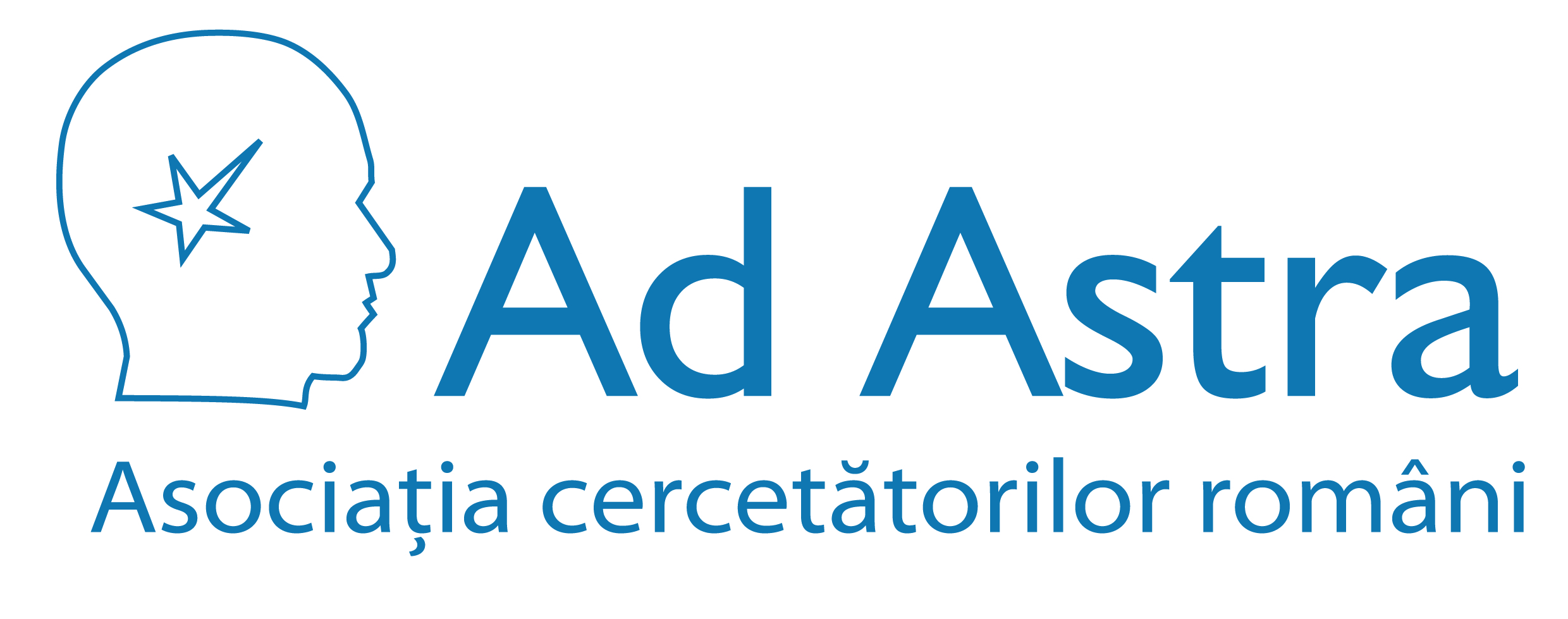Scopul nostru este sprijinirea şi promovarea cercetării ştiinţifice şi facilitarea comunicării între cercetătorii români din întreaga lume.
Staff Login
Microparticles of healthy origins improve endothelial progenitor cell dysfunction via microRNA transfer in an atherosclerotic hamster model
Publicatii proprii > Array + Publicatii proprii > Array
Autori: Alexandru N., Andrei E., Niculescu L.S., Dragan E., Ristoiu V., Georgescu A.
Editorial: Acta Physiologica, in press, 2017.
Rezumat:
Aim: In this study, we aimed: (i) to obtain and functionally characterize the cultures of late endothelial progenitor cells (EPCs) from the animal blood; (ii) to investigate the potential beneficial effects of circulating microparticles (MPs) of healthy origins on EPC dysfunctionality in atherosclerosis as well as involved mechanisms. Methods: Late EPCs were obtained and expanded in culture from peripheral blood isolated from two animal groups: hypertensive-hyperlipidaemic (HH) and control (C) hamsters. In parallel experiments, late EPC cultures from HH were incubated with MPs from C group. Results: The results showed that late EPCs display endothelial cell phenotype: (i) have ability to uptake 1,1-dioctadecyl-3,3,3,3 tetramethylindocarbocyanine-labelled acetylated low-density lipoprotein and Ulex europaeus agglutinin lectin-1; (ii) express CD34, CD133, KDR, CD144, vWF, Tie-2. Late EPCs from HH exhibited different morphological and functional characteristics compared to control: (i) are smaller and irregular in shape; (ii) present decreased endothelial surface marker expression; (iii) display reduced proliferation, migration and adhesion; (iv) lose ability to organize themselves into tubular structures and integrate into vascular network; (v) have diminished function of inward rectifier potassium channels. The incubation of late EPCs with MPs improved EPC functionality by miR-10a, miR-21, miR-126, miR-146a, miR-223 transfer and IGF-1 expression activation; the kinetic study of MP incorporation into EPCs demonstrated MP uptake by EPCs followed by the miRNA transfer. Conclusion: The data reveal that late EPCs from atherosclerotic model exhibit distinctive features and are dysfunctional, and their function recovery can be supported by MP ability to transfer miRNAs. These findings bring a new light on the vascular repair in atherosclerosis. © 2017 Scandinavian Physiological Society.

